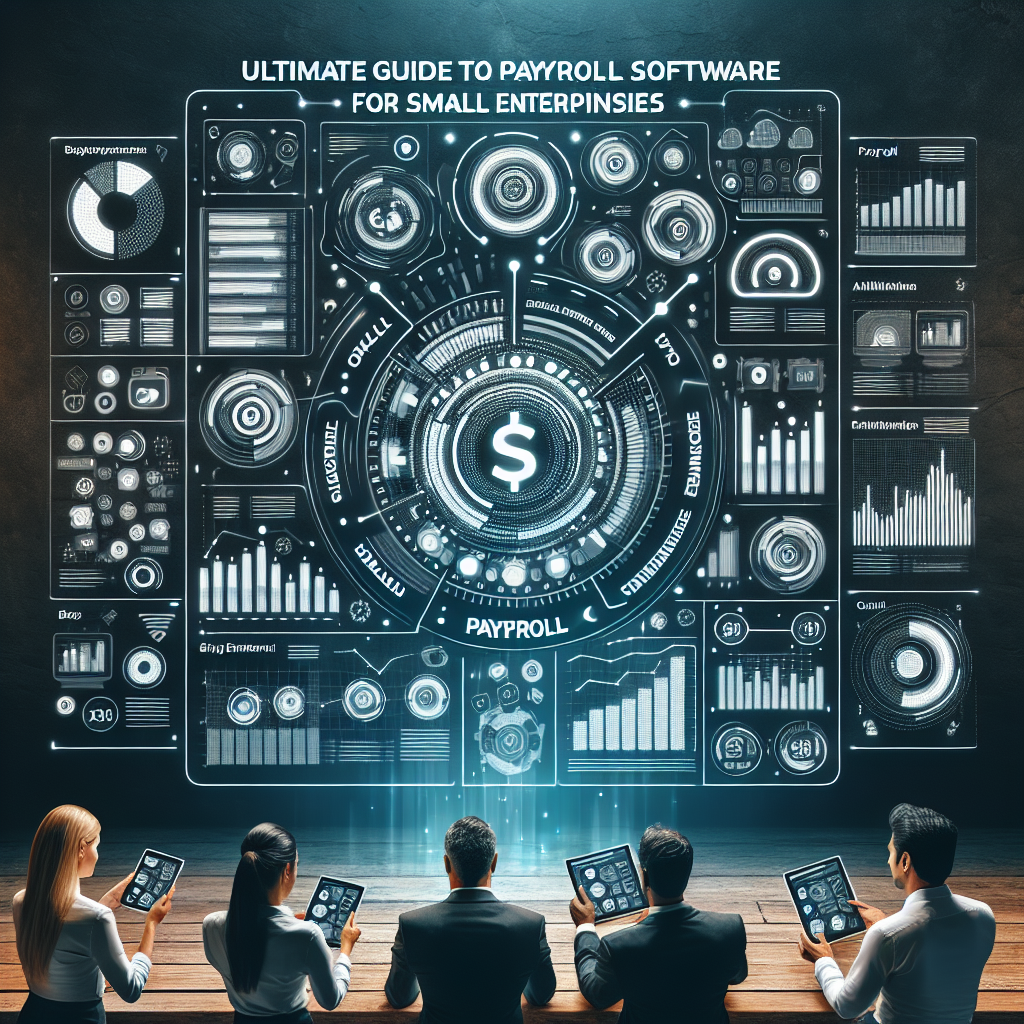In today’s fast-paced business environment, small enterprises often juggle myriad tasks to keep the wheels turning. One of the most crucial—and sometimes overwhelming—responsibilities is managing payroll. This guide will delve into the world of payroll software, helping you choose the best solution for your small business while making the process more streamlined and efficient.
Understanding Payroll Software
What is Payroll Software?
Payroll software refers to a digital tool that automates the payroll process, ensuring employees are paid accurately and on time. It calculates wages, deducts taxes, and maintains compliance with labor laws, making it a game-changer for small enterprises where every minute counts.
The Importance of Payroll Software for Small Enterprises
1. Time Efficiency
Managing payroll manually can be a time-consuming task, especially when you’re juggling multiple responsibilities. Payroll software automates calculations, saving precious hours that can be redirected towards growing your business.
2. Increased Accuracy
The risk of human error in payroll processing can lead to severe consequences, such as incorrect payments or tax issues. Payroll software minimizes errors by automating calculations and ensuring compliance with tax regulations.
3. Compliance Made Easy
For small businesses, keeping up with ever-changing tax laws and regulations can feel daunting. Payroll software often comes equipped with updates and features designed to help businesses remain compliant, reducing the risk of costly fines and penalties.
Key Features to Look for in Payroll Software
When searching for the right payroll software, consider the following features:
1. User-Friendly Interface
A good payroll system should be intuitive and easy to navigate. A user-friendly interface can empower you to manage payroll with confidence—no extensive training required.
2. Customization Options
Every business is different. Look for software that offers customizable templates and reports to suit your specific payroll needs.
3. Employee Self-Service Portal
Many payroll solutions offer an employee portal where staff can access pay stubs, tax forms, and time-off balances. This feature not only saves you time but also fosters transparency and engagement among your employees.
4. Direct Deposit
A modern payroll solution should provide direct deposit options, ensuring employees receive their wages promptly without the hassle of physical checks.
Top Payroll Software Options for Small Enterprises
1. Gusto
Gusto is a popular choice among small businesses due to its comprehensive features, including payroll management, employee self-service, and HR tools. Its intuitive interface and seamless integration with other applications make it an excellent option for busy entrepreneurs.
2. QuickBooks Payroll
For those already using QuickBooks for accounting, QuickBooks Payroll can offer a seamless payroll experience. It provides automatic tax calculations, direct deposit, and the ability to manage payroll from any device.
3. ADP Run
ADP is a well-established name in payroll processing. Their Run platform offers small business owners various features, such as automated payroll and compliance assistance, making it easier to handle payroll efficiently.
Benefits of Implementing Payroll Software
1. Enhanced Data Security
With sensitive employee information at stake, data security is crucial. Payroll software typically comes with robust security measures to help protect your business and your employees’ data.
2. Better Financial Planning
Accurate payroll processing can provide you with valuable insights into labor costs, helping you better manage your budget and forecast future expenditures.
3. Scalability
As your small enterprise grows, so will your payroll needs. Quality payroll software can easily scale with your business, accommodating new hires and expanding operations.
Finding the Right Fit for Your Business
1. Assess Your Needs
Before selecting a payroll software, assess your unique needs. Consider your business size, the complexity of payroll, and your budget constraints.
2. Trial and Feedback
Many providers offer free trials or demos. Take advantage of these opportunities to test the software’s features and gather feedback from your team members.
3. Customer Support
When choosing payroll software, consider the quality of customer support. Look for providers with accessible tech support and robust online resources.
Conclusion
Investing in payroll software is not merely a means to simplify your payroll process; it’s a strategic move that can save you time, reduce errors, and empower your small enterprise to focus on growth. By thoroughly assessing your options and understanding the key features and benefits, you can choose the software that best fits your specific needs, empowering your business to thrive in today’s competitive landscape.
Navigating the world of payroll can seem daunting, but with the right tools at your disposal, it can become just another part of running your successful business. Remember, a well-managed payroll system is a strong foundation for your company and its most valuable asset—your employees.


